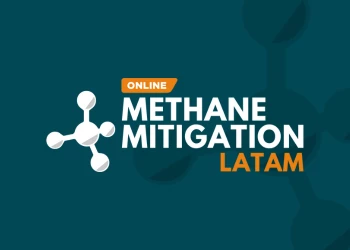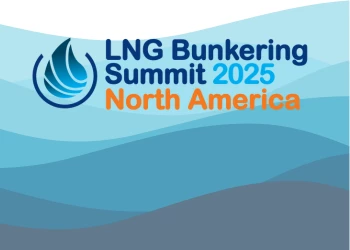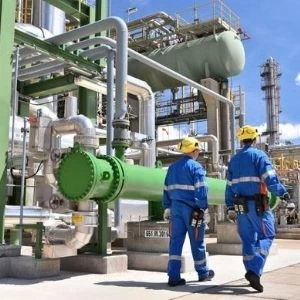In the week after a historical deal was reached over Iran’s nuclear programme, paving the way for a deluge of crude into the marketplace, voices warned that an oil price recovery may be years in the making.
Andy Brown, upstream international director for supermajor Royal Dutch Shell, and one of the key candidates to replace Peter Voser as CEO in 2014, remarked: "We are not banking on an oil price recovery overnight. It will take several years but we do believe fundamentals will return."
The Anglo-Dutch energy powerhouse is projecting that average oil prices will rise to $67 per barrel in 2016 and gradual increase to $90 by 2020. At the end of July, the company is also set to significantly cut its capital spending from the $33 billion announced at the beginning of Q2 2015.
Oil price notoriously looks to the future. A current drop in Brent and West Texas Intermediate crude is the foreshadowing of oil that will begin to surge through the market some 18-24 months from now, once previously shuttered Iranian production infrastructure is fully online. In fact, a more clear and present menace to an oil price recovery may come from a less likely source.
Some 670 kilometres south and west of Tehran, the super-giant fields of Basra have been pumping oil at record rates. In June, oil production hit 4.1 million barrels per day (bpd) with Iraqi exports topping out at a record average of 3.19 million bpd.
Before the explosion of the Islamic State (IS) as an insurgent power in the Fertile Crescent, Iraq was targeting an output of nine million bpd by 2020. Although the bloody swath painted on the world map by IS has put paid to the likelihood of such an ambition, analysts at JP Morgan Chase have pointed to Iraq as the "biggest contributor to OPEC growth this year", overtaking previous leader, Saudi Arabia.
Both Iran and Iraq face economic hardships to which oil is their only answer. In Iran, crippling rates of inflation stood at 40 per cent as recently as 2013, destroying the small-to-medium enterprise sector. In Iraq, the government needs $18 billion in 2015 alone to bankroll its struggle with IS.
As 2015 marches on, we may well see mortal enemies involved in an unwitting complicity to keep oil prices at levels that are far from mutually supportive…














